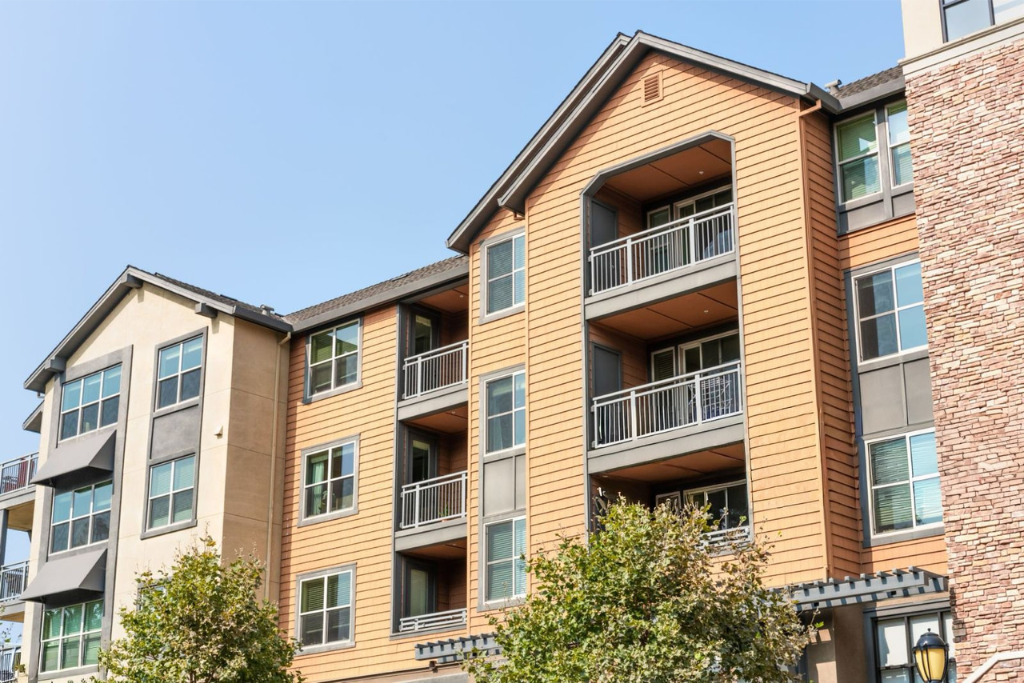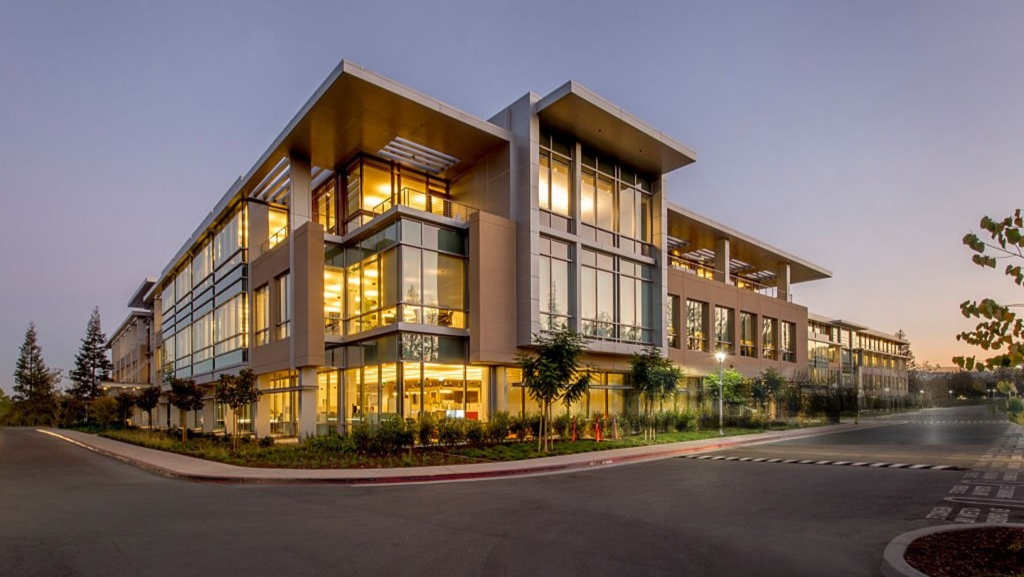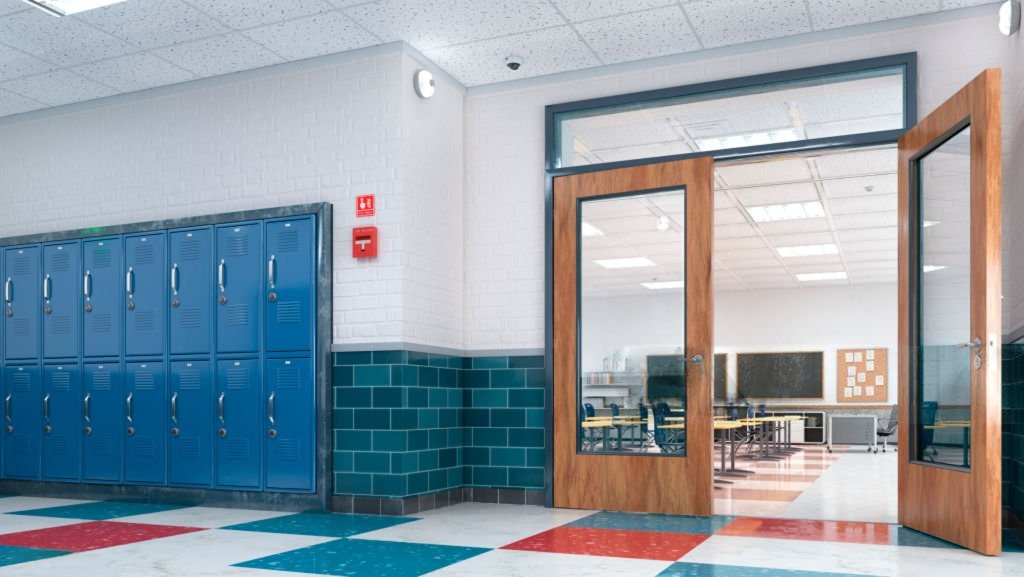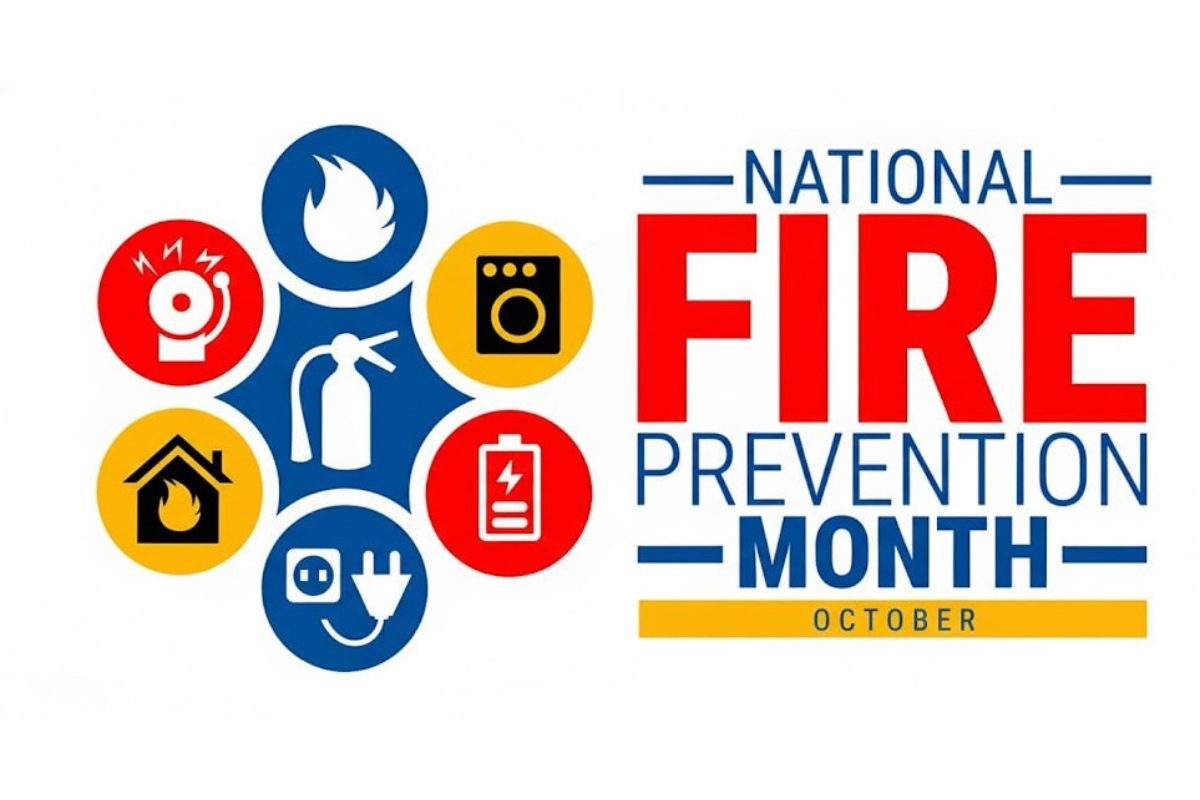Winterizing Tips for Fire Sprinkler Systems
Seth Kozlik
Protect Your Business This Winter: Winterizing T ips for Fire Sprinkler Systems
Business owners need to be extra cautious during the winter months, as heating systems like space heaters and central heating can malfunction when overworked, leading to fire hazards. The colder weather also pushes these systems to their limits, increasing the chances of fires in commercial buildings.
Additionally, heating and electrical systems in businesses can experience overloads, and fire sprinkler systems, if not properly protected, may freeze. This leaves the building vulnerable, as frozen sprinklers won’t activate during a fire, potentially leading to severe damage.
To avoid these risks, business owners must prepare their fire protection systems before winter. Regular inspections, maintenance, and testing ensure that systems, including fire sprinklers, remain fully operational, helping to safeguard the premises against fire hazards during the colder months.
12 Essential Tips for Winterizing Your Fire Sprinkler System
- Conduct a Thorough Fire Sprinkler System Inspection: Schedule a professional fire sprinkler system inspection before winter to identify any leaks, corrosion, or other issues that could cause problems during cold weather.
- Drain Low Points in Dry Pipe Systems: Water can accumulate in low points of dry pipe systems, where it may freeze and cause blockages or damage. Draining these points ensures the system remains free of ice.
- Ensure Adequate Heating in Key Areas: Maintain temperatures above 40°F (4°C) in areas where sprinkler pipes are located. Cold rooms, basements, and attics are particularly vulnerable to freezing.
- Install or Test Heat Tracing: Heat tracing provides additional warmth to sprinkler pipes in colder areas. Ensure that any existing heat tracing is functioning, or consider installing it in vulnerable locations.
- During winter, carbon monoxide (CO) risks increase in commercial buildings due to greater use of heating systems like boilers and furnaces. Installing and testing CO alarms monthly is essential to detect leaks early. Place alarms near heating equipment, and ensure regular testing to protect occupants from CO poisoning during peak heating months.
- Use Proper Insulation for Exposed Pipes: Insulating exposed pipes prevents freezing. Areas such as attics or exterior walls need extra insulation to keep the water in your fire sprinkler system from freezing.
- Maintain Antifreeze in Wet Systems: For systems using antifreeze, have it tested and replaced as necessary to prevent freezing. Ensure that the antifreeze concentration is appropriate for the temperatures your area expects.
- Monitor Water Pressure Regularly: Monitor your system’s water pressure throughout the winter. A drop in pressure can signal that pipes are freezing or blocked by ice.
- Seal Gaps and Openings: Drafts from gaps in windows, doors, or walls can cause pipes to freeze. Ensure that any openings near fire sprinkler pipes are properly sealed to block cold air.
- Regular Fire Sprinkler Testing: Testing your fire sprinkler system before winter ensures that it is fully operational. It also ensures compliance with fire safety codes and helps avoid penalties for non-functioning equipment.
- Portable Heaters and Electrical Safety: For commercial properties, it’s important to plug only one heat-producing appliance, such as space heaters, into an outlet at a time. This safety measure helps prevent electrical overloads, a common cause of winter fires. Following this guideline is especially critical in commercial buildings, where increased electrical demands during winter can elevate the risk of fire hazards.
- Schedule Professional Maintenance: Having a professional perform winterization maintenance on your fire life safety systems can help prevent costly damages and ensure all parts of your system are ready for the colder months.
The Importance of Regular Fire System Testing
Winterizing your fire sprinkler system is only part of the solution. To ensure long-term safety, regular fire sprinkler testing is essential. Routine testing helps detect and resolve issues early, keeping your fire protection system functioning year-round. It also ensures compliance with local fire codes, which often mandate periodic testing.










